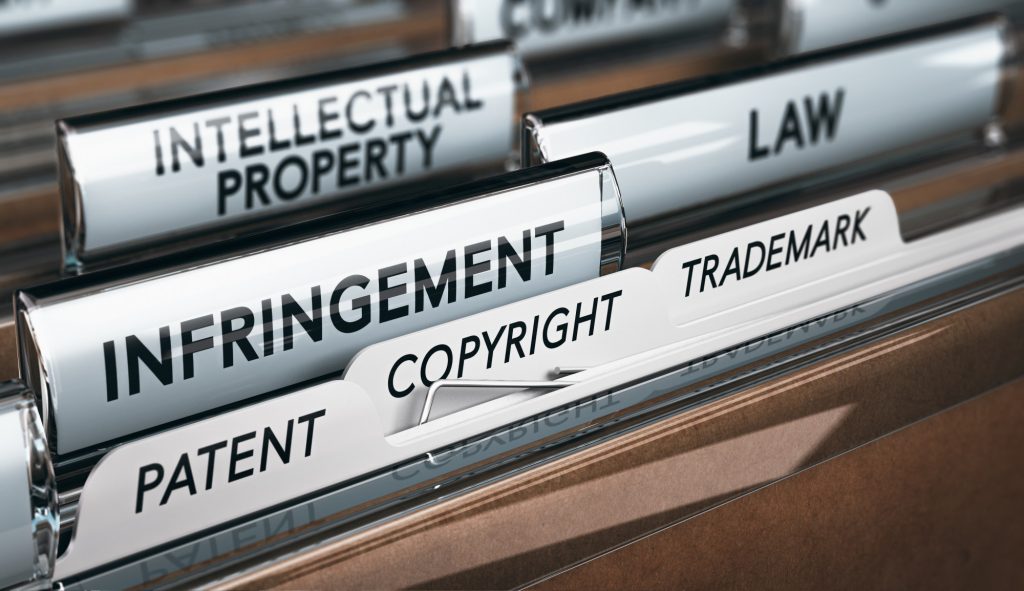The Ins and Outs of IP Due Diligence
Does your business buy and sell assets or intellectual property?
Consider a manufacturer of air conditioning units that sources parts from around the world. The parts come from a variety of factories, some of which might be owned by competitors such as Furrion.
The company should perform IP due diligence if the manufacturer plans to use Furrion parts in its air conditioners. Such an analysis helps companies identify patents and other patents owned by others.
Voila. Continue reading to learn more.
Contents [hide]
What Is IP Due Diligence?
It ensures that a company is taking the necessary steps to protect its intellectual property from potential infringement or other harm. IP due diligence involves investigating a company’s IP portfolio, including trademarks, domain names, patents, copyright, and other protective rights.
This includes making sure that any potential third parties do not have any of the company’s protected IP and that any contracts or licenses involving the IP are enforceable.
As part of the due diligence process, companies also need to ensure that their intellectual property is adequately protected, which may involve a full review of current and historical litigation, competitors, technology trends, and the likelihood of imitation.
Types Of Intellectual Property
Intellectual property (IP) is a form of legal protection for creations of the mind, such as ideas, inventions, artistic expressions, and designs. There are several types of intellectual property that are covered under the law, including the following:
Patent
A patent is an intellectual property right granted to an inventor or their assignee for a limited period of time, subject to certain conditions. A type of intellectual property patent relates to a specific invention or process for which a patent is requested and granted.
This can include ideas, inventions, or discoveries, from mechanical and electrical devices, machines, technical processes, biological entities, and chemical compositions.
Depending on the jurisdiction, a patent can be obtained for any registered invention that results in the advancement of the relevant technology. It is important to note that patent protection is limited to the scope of the claims outlined in the patent, and grantees of such patents have exclusive rights for the profit and commercial exploitation of the technology.
Other types of patents include utility, design, plant, and software. The key benefit for an inventor or assignee is that the patent provides protection against infringement and allows the applicant to recoup any costs related to their invention, such as research and development costs.
Trademark
A trademark is a type of intellectual property that aids in protecting the unique identity of a product or business. Trademarks are designed to help protect the exclusive use of words, symbols, or other devices that indicate the source of goods or services.
Possible forms of intellectual property trademarks can take include: phonetically based marks, graphic marks, figurative marks, a combination of any of these, or a stylized version of a letter, word, or combination of words.
Additionally, a trade-dress mark can be a visual combination of elements that, when taken together, symbolize a particular commercial offering.
Regardless of the type of trademark, each application should be unique in that another does not exist or has not been previously registered. Overall, trademarks represent an important form of intellectual property that should not be taken lightly.
Copyright
Copyright is a type of Intellectual Property right that is recognized by the law. It is designed to provide authors and creators with exclusive rights to certain expressions of an idea while still allowing others to replicate the idea in a different form.
Copyright includes literary works, dramatic works, musical works, artistic works, sound recordings, broadcasts, films, and typographical arrangements. It also covers computer programs, trademarks, and designs.
It grants authors the exclusive right to reproduce, distribute, and publicly perform or display their work. Copyright also provides authors with the right to enter into contracts, as well as the right to receive recognition for their work.
Copyright can be registered with the local copyright office or can be left unregistered in many countries. Copyright also provides legal recourse if the copyright is infringed upon.
Industrial Design
Industrial design is an applied field of design pertaining to the development of products, services, and processes for mass production. It combines mechanical, electrical, electronic, and software engineering to create products that have an aesthetic appeal and are highly functional.
It incorporates a variety of intellectual property elements, including design patents which protect the product’s shape, structure, or ornamentation; copyrights, which protect images, symbols, text, and artwork; and trademark protection, which prevents competitors from using the product’s name or logo.
The industrial design also includes trade dress protection, which refers to the elements that make up the product’s overall look; trade secret protection, which safeguards a product’s specific recipe or manufacturing process; and patent protection, which is used for products that utilize a specific set of functions or technical capabilities.
Utility Models
Utility Models, also known as Petty Patents, are a form of intellectual property that protects the function or design features of a novel machine or invention. Utility models provide shorter protection times (typically between four and eight years) and less powerful protections than full patents.
Utility models provide a quicker but more limited alternative approach for protecting inventions and are available in several countries around the world. Utility models can help inventors quickly obtain an exclusive market advantage by protecting their new product or machine design and preventing competitors from copying the design or functionality.
Moreover, utility models can help investors quickly move inventors’ ideas from concept to commercialization. However, since they rely on limited and shorter protection times, utility models are more suitable for inventions or machines that are likely to be made obsolete within a few years due to newer technology or innovation. Consult an intellectual property law firm to learn more.
Read More About IP Due Diligence
IP Due Diligence is an important process for businesses conducting M&As in order to identify and mitigate IP risks. It is a complex procedure that requires expertise and care.
By engaging the right professionals to conduct comprehensive IP Due Diligence, businesses can protect their interests and ensure a successful M&A transaction.
Did you find this article helpful? Check out the rest of our blog for more!




